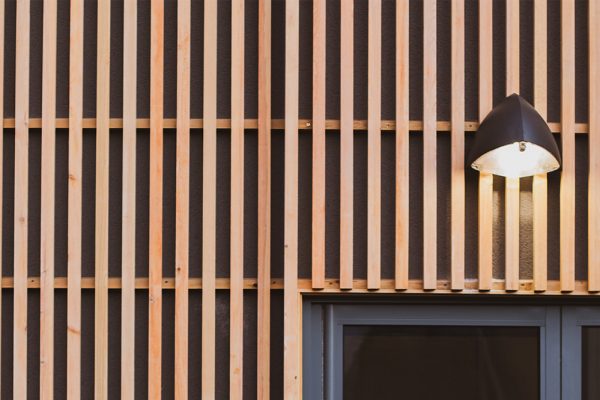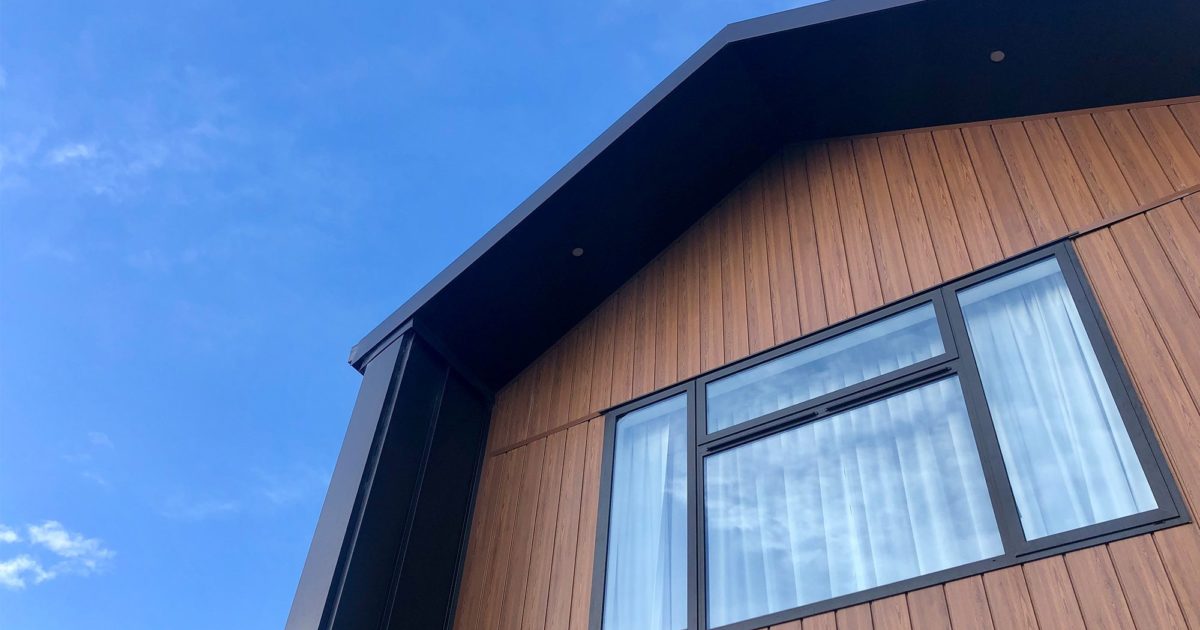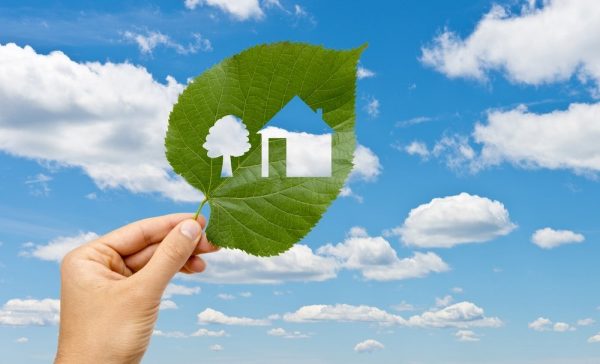Timber and timber cladding is an excellent way of protecting a building from moisture and air penetration, especially during winter. Architects and builders install pieces of timber on the exterior walls of your building to protect it. As a result, the timber will help maintain the integrity of your home. In addition, the establishments create a beautiful finish that adds value to your building. Thus, weatherboarding has become very popular among designers since it enhances the exterior of a property.
Easy Installation
Timber is a strong material for building yet lightweight. It, therefore, makes installation fast and more manageable. This will reduce installation costs. Further, it will not add unnecessary weight that could potentially ruin the structure of your building. Hence, timber cladding is a valuable choice without compromising protection and decorative functions.

Image Source: https://www.timbercladdingsolutions.co.uk/timber-cladding-maintenance-tips-and-advice/
Timber is Sustainable
People are now aware of environmental problems that could impact the ecosystem. This has made people consider timber material as a building material for the following reasons;
• Timber is a renewable resource. Unlike metals, wood products can be easily obtained through the regrowth of forests. Human activities such as planting trees can also help increase the supply of timber.
• Timber has a low carbon footprint. Wood products require little energy when converting to usable material. This process reduces the amount of carbon dioxide released into the environment.
• Since wood has a longer economic life, it can serve a different purpose if the previous is achieved. It can be reused or recycled. Reusing and recycling reduce the rate at which trees are cut down from the forests.
• Growing trees helps increase oxygen supply and reduce the supply of carbon dioxide to the environment. Reduced carbon to the environment helps reduce atmospheric temperatures that lead to global warming.
• Industry regulation ensures that forests are protected. Timber source certifications ensure that timber cradling is sustainable.
Versatility
Timber is cut into various sizes and hence available in a variety of patterns. Architects and builders prefer timber cladding because it can be used for multiple designs. It also makes timber flexible for renovations or new buildings.
Wood is a low thermally conductive material. It prevents extreme weather conditions from affecting interior temperatures. Designers, hence, prefer timber due to its high insulation properties. This would otherwise require resources to maintain moderate temperatures inside the house.
Durability
Timber cladding can last longer when well maintained. Your building will be under the protection and still have a customized look for more extended periods. The use of technology can also enhance wood durability through wood modification or preservative treatment. Besides, it is easy to maintain timber and repair than other cradling materials.
Aesthetic Nature of Timber
Timber is a natural material that is attractive in colour and grain. It adds warmth and character to a building enhancing the aesthetic of any given design. Every board of timber comes with a unique subtle figure and texture, which encourages design innovation. Timber can also be easily redecorated and has since become famous for contemporary and traditional projects.



